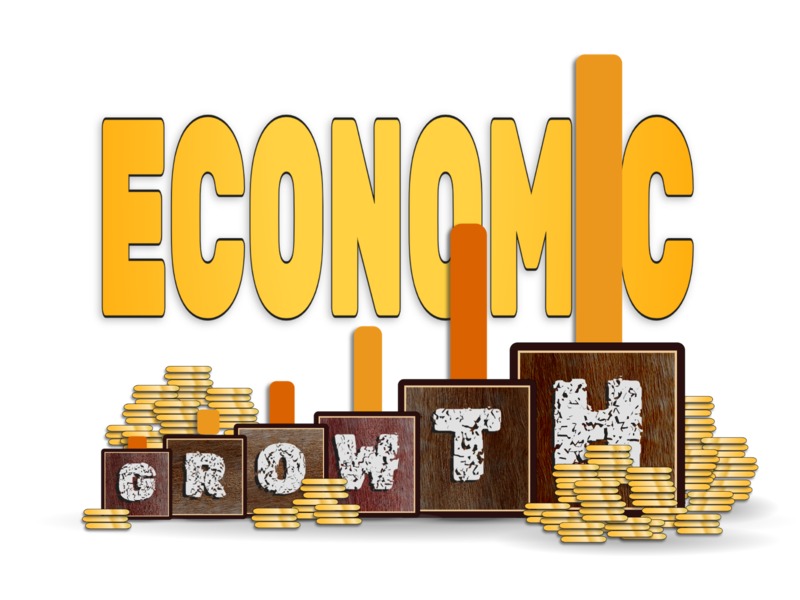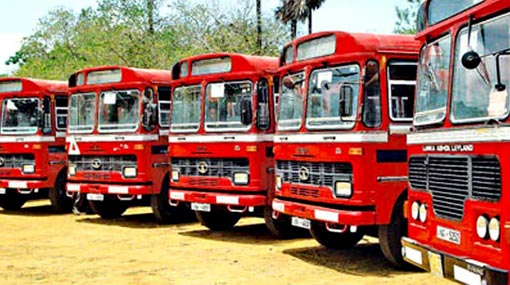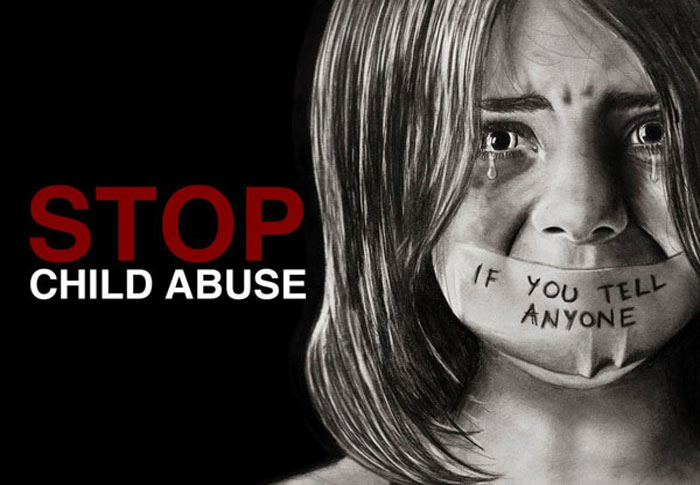Sri Lanka’s economy grew by 1.6% in the third quarter (Q3) of 2023, official data showed on Friday (Dec.15).
According to a press release published by the Department of Census and Statistics (DCS), the country’s Gross Domestic Product (GDP) at constant price has increased to Rs. 2,946.1 billion in the Q3 of 2023 from Rs. 2,900.6 billion recorded in the corresponding period in 2022.
“The year-on-year GDP growth rate for the third quarter of the year 2023 has been reported as 1.6% of positive growth rate,” the DCS mentioned.
In addition, the GDP for Sri Lanka for the Q3 of 2023 at current price has increased up to Rs. 6,906,8 billion from Rs. 6,586,6 billion, recorded in the same quarter in 2022 registering a 4.9% positive change in the current price GDP.
During this period, three major economic activities, namely ‘agricultural’, ‘industrial’ and ‘services’ contributed their share to the GDP at current prices by 7.8%, 28.1% and 57.5%, respectively.
The agriculture sector grew by 3% from a year earlier, while industrial output saw a 0.3% increase, and the services sector, a 1.3% growth between July 01 and September 31.
The DCS said the Q3 of 2023 began with the favourable change in uncertainties in foreign exchange which were observed in previous quarters, and the economy and its expectations about the future had been growing at a lower rate, and transformed into a positive state.
The input costs declined parallel to the favourable change in the exchange rate and the demand for debts which were at a lower level, showed a positive indication in this quarter along with the reduction in interest rate.
With the expansion of the tourism sector, a positive impact could be observed in the service exports during this quarter. Accordingly, accommodation, food and beverage service activities have recorded a high positive growth while agricultural activities have also recorded a positive growth rate in the Q3 of 2023.
Moreover, some of the manufacturing industries have also recorded expansions in this quarter.
The expansion of the economy was the first since the end of 2021, with the upturn driven by a lower base, moderating inflation, a strengthening currency and lower interest rates.
Helped by a USD 2.9 billion IMF bailout in March, Sri Lanka’s economy began a painful path towards growth. It locked down a second tranche of USD 337 million this week, although the IMF has warned the island’s economy is not yet out of the woods.
Sri Lanka’s economy is expected to contract by 3.6% this year, the IMF says, after shrinking 7.8% in 2022.
Full-year growth is likely to return next year, with the Sri Lankan economy projected to grow 1.8%, but challenging reforms lie ahead, such as higher taxes, reforms to loss-making state enterprises and a complete restructuring of its foreign debt.
–with inputs from agencies





